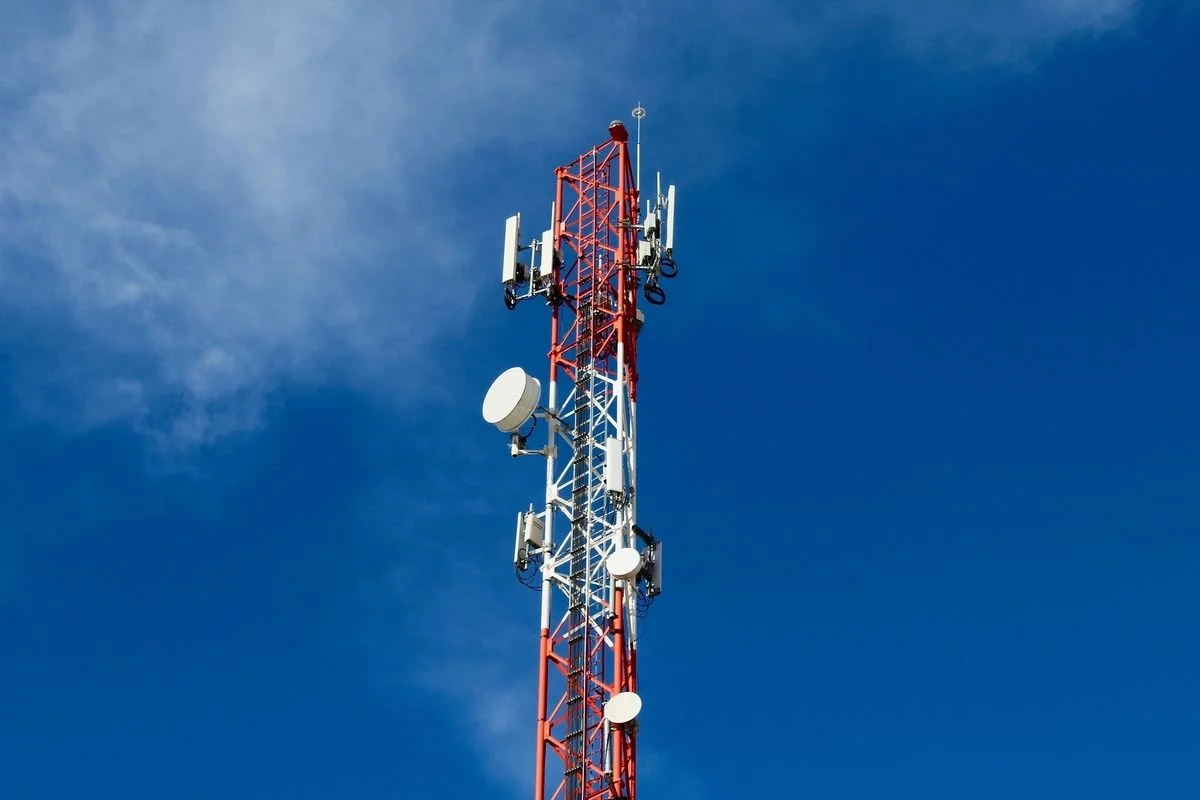
The Q3 of FY2020-21 was good for the telecom industry. All the private operators of the country, including Reliance Jio, Bharti Airtel and Vodafone Idea (Vi), saw higher adjusted gross revenue (AGR) quarter-on-quarter (QoQ). As per the data released by the Telecom Regulatory Authority of India (Trai), the private operators of India saw sequential AGR gains during the December quarter. To be precise, the overall telecom industry witnessed an AGR growth of 4.19% at Rs 47,623 crore. More AGR means more money the telecom department and the government will mop up in the form of License Fee (LF) dues and Spectrum Usage Charges (SUC).
What Does The Data Suggest?
The latest data put out by TRAI on Tuesday indicated that the telecom sector saw sequential growth of around 4.2% in AGR during Q3 FY21.
The revenue growth has been fueled by customer additions, higher recharge volumes and data consumption growth post lockdown curbs and a bit during the easing of the lockdown as well.
The data also indicates that all three big telcos of India, namely Bharti Airtel, Vodafone Idea and Reliance Jio, got sequential AGR gains during Q3 FY21.
In terms of numbers, Reliance Jio’s AGR increased by 7.96% on-quarter to reach Rs 17,181.65 crore for the October-December period.
In contrast, Bharti Airtel’s AGR grew 5.34% to reach Rs 11,340.19 crore. Vi's quarterly AGR also saw decent gains at 2.37% on-quarter to Rs 6,588.46 crore, as per the TRAI data. This has affected the telecom industry’s AGR in a positive way, with a rise of 4.19% on-quarter to reach Rs 47,623 crore in the fiscal third quarter.
For those of you wondering what a higher AGR means, the effects of this are quite significant as it has translated into increased LF as well as SUC collections by the DoT.
The license fee climbed 4.19% to Rs 3,809 crore, whilst SUC collections rose nearly 6% on-quarter to reach Rs 1,538 crore. This is a result of telcos annually paying 8% of their AGR in the form of licence fees and 3-5% as SUC to the government.
In addition to all of this, the report of the third quarter also showcased monthly average revenue per user (ARPU) from wireless services increased 4.93% on-quarter to reach Rs 101.65, due to an increase in the overall volume of mobile recharges post easing of lockdown curbs.















